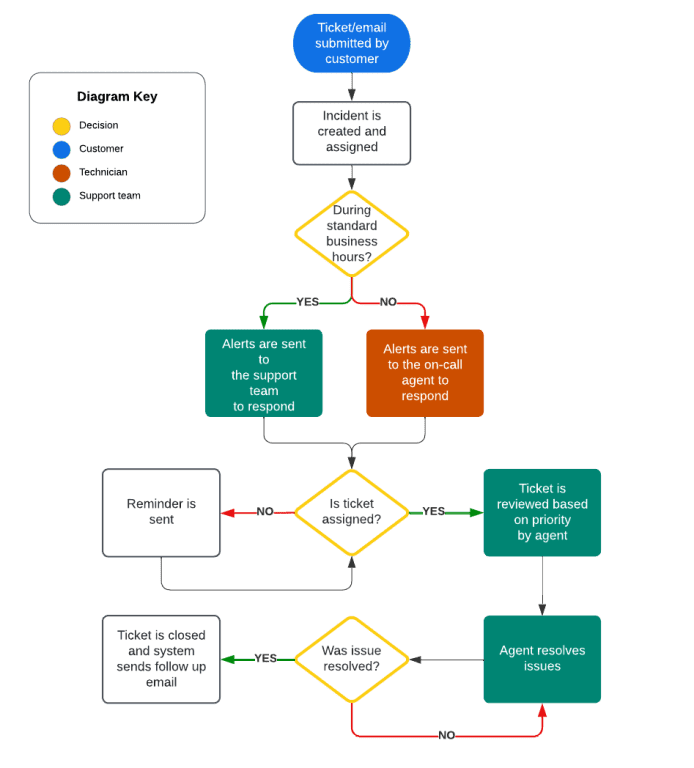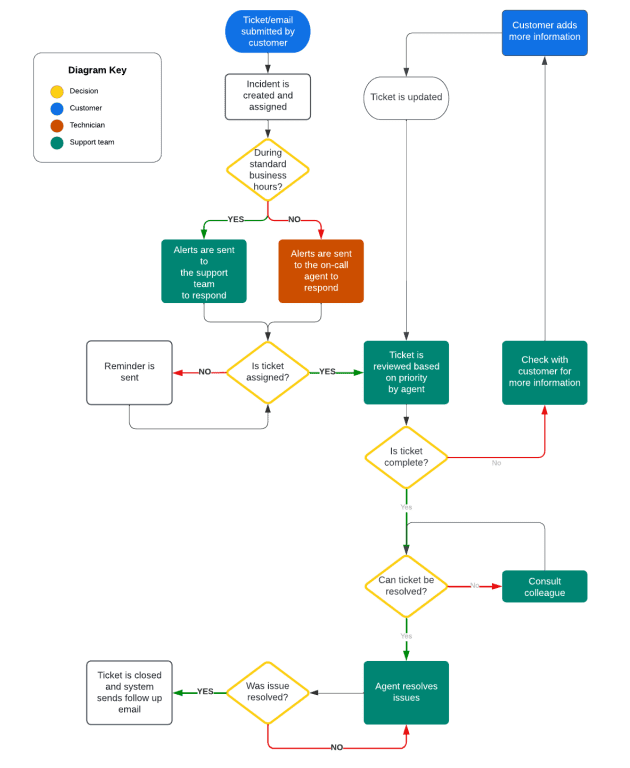Mischa Tissen
Read all my blogsLean in de service world
If you are working in a customer service environment, then one of your major tasks is to focus on helping your customers. You would like to be able to answer incoming questions so your customers can happily continue to focus on their core tasks. So if you are focusing on the customer and if all your tooling and expertise is focused on your customer, will that be enough to keep your customer happy and, also important, will it cost you a lot of money?
To be clear on above mentioned cost question: I will not go into the discussion of how much good service will or should cost. Simply because there is no golden rule for that. Sure, good tooling is of crucial importance and in order to provide that, the SAP CX suite can offer you some great software to support your daily customer service processes.
So the question to be answered is whether that great software solution is the holy grail for a company to provide the best possible service for their customers. The answer to that is: no, unfortunately not….
And one of the reasons is that an unoptimized process that is automated will not lead to the best possible service.
In order to provide good service to your customer, you also need to know how you can add value to the processes of your customer, but also to your own processes. When you need to have 10 customer service agents in your team to support and answer questions from your customers, then you should ask yourself whether all of them are doing the right things and whether they do the things right. And by mentioning the right thing, I mean: do all of them add the right value to the mapped processes?
OK, that would assume that there are processes mapped in the first place, but it would also mean that these processes should be optimized as well. And an optimized process is a process that adds value.
With Lean, the focus is set on doing the right things. All activities are adding value to a process. There is no waste. Let’s have a closer look at the process that a service agent is doing in order to deliver support. This can be mapped as shown in figure 1:

So, a ticket is entered and an agent of the support team will pick it up depending on priority and assigns this to an agent who will handle this request. When it is solved, it will be reported back and the ticket will be closed. A simple process….
However, analyzing the single steps that agents really do could lead to a much more complex process that incorporates some kind of non-value added steps (or called ‘waste’). Especially in the service world, quite some waste is part of the process as many moments are ‘created’ for discussion, ‘check-with-colleague’ moments, confirmation questions with the callers to check on the exact issues, etcetera.
This kind of waste should be eliminated as much as possible, as it simply does not add value. In fact, the process really looks as depicted in figure 2.

Here you see that often there is a loop of extra communication between agent and customer to clarify the issue and also a loop of checking with colleagues for more information or help on the issue.
I am not saying that all loops can be prevented, as in customer service processes we are dealing with people and not systems or tooling that can be programmed or automated. However, enough can be done to prevent the waste in the process. For example by forcing customers to add any specific information in the tickets (e.g. via templates), so there will be no need to check that part. And likely support questions asked to colleagues can be prevented by analyzing the type of questions, improving the knowledge of the agents on the subject matter or by creating knowledge items (as many ticket tooling is supporting).
So by critically looking at the single steps of the process as this is really happening (and for that you need to check, observe and involve the agents or so called ‘Gemba’), you will be able to find the waste in the process and you can try to eliminate this. And by involving your agents, you will also create some support at your users in the end.
By showing this simple example, I hope that some awareness is created for the great Lean technique to improve your processes. Of course there are many other more complex service examples out there that require a thorough analysis, before it can be automated.
Need any help on your processes and on SAP CX solutions? Please reach out to me via:



